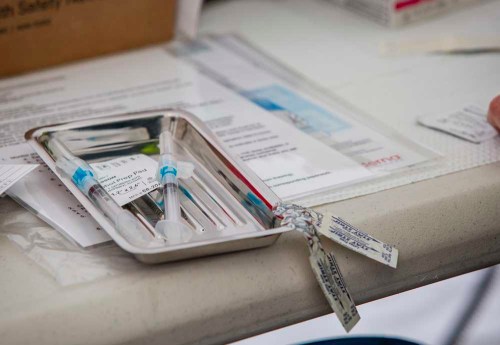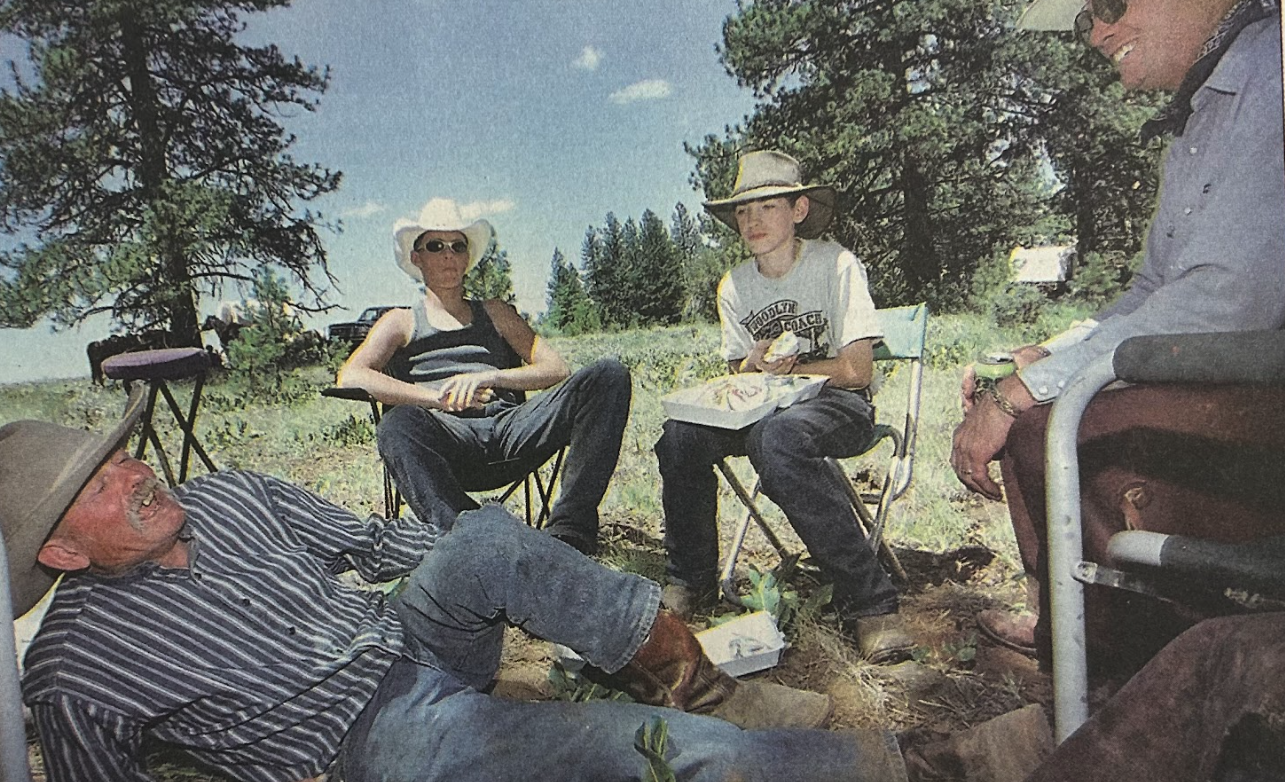What older Oregonians need to know on the long road to vaccination
Published 7:00 am Monday, January 25, 2021

- Syringes with doses of the Moderna COVID-19 vaccine sit ready to be administered during a drive-thru COVID-19 vaccination clinic at the Pendleton Convention Center on Jan. 22, 2021.
SALEM — If you’re an older Oregonian who’s desperate to get a COVID-19 vaccine in Oregon, it’s been a frustrating few weeks.
People living in congregate settings are already being widely vaccinated, but unlike most other states, Oregon hasn’t yet begun getting doses to the larger population of older adults.
In mid-January, it looked like educators and people over the age of 65 were at the front of the line for Phase 1b of the state’s vaccination plan. On Jan. 12, Gov. Kate Brown said both groups would become eligible for the vaccine on Saturday, Jan. 23.
But three days later, Brown tweeted: “States will not be receiving increased shipments of vaccines from the national stockpile next week, because there is no federal reserve of doses.”
That meant Oregon had to revise its vaccination timeline, and Brown made the controversial decision to prioritize education staff ahead of older Oregonians. A week later, Brown presented a revised timeline for vaccination:
Week of Feb. 7: Seniors 80 and over are eligible.
Week of Feb. 14: Seniors 75 and over.
Week of Feb. 21: Seniors 75 and over.
Week of Feb. 28: Seniors 70 and over.
Week of March 7: Seniors 65 and over.
That means some older Oregonians who were recently expecting to be eligible this week will now be waiting another six weeks before they even have the chance to be vaccinated.
It’s an agonizing delay for a population that’s vulnerable to COVID-19’s most deleterious effects. People 70 and older have accounted for 77% of COVID-19 deaths, according to the Oregon Health Authority.
Dr. Elizabeth Eckstrom is the chief of geriatrics at Oregon Health & Science University. She said she sees the disappointment in the patients she treats every day.
“Just the thought that the vaccine is coming is really exciting,” Eckstrom said, “so a lot of people are feeling very acutely that they’re not able to see family yet; they’re not able to get out and do the things that they care about.”
Still, Eckstrom said the decision to give Oregon’s 152,000 teachers, early childhood workers and other school employees a head start on vaccination isn’t a bad idea.
“If educators are not vaccinated until after older adults, it means schools probably won’t be able to reopen at all this year,” she said. “We need to consider all members of our state, and vaccinating educators now is worth it.”
Once vaccinations for adults 80 and older begin on Feb. 8, they will mostly be available at large vaccination sites like the Oregon Convention Center in Portland. Eckstrom said this could pose an accessibility challenge for older adults who don’t drive. She said there’s no comprehensive plan in place to get vaccines to people who are completely homebound.
“There really may not be any way for them to get out to these large vaccination sites,” Eckstrom said, “and many clinics, including my own, are not planning on vaccinating people within our clinic.”
Eckstrom said people who know older adults should volunteer to take them to get vaccinated. She said seniors need to be courageous about reaching out to friends, family members and church groups.
“Obviously, it means getting in the car with someone,” Eckstrom said, “but wear your mask, wash your hands and take that risk to get your vaccine.”
In the meantime, Eckstrom said, it’s both essential for older Oregonians to maintain physical distance, and also to also stay as socially connected as possible. As people age, long periods of isolation can accelerate cognitive decline. Both regular communication and exercise are essential to make it through this pandemic as healthy as possible. She said it’s not only safe to go on a socially distanced walk with a friend or family member — it’s essential.
Eckstrom said she’s regularly reminding her patients that despite the headlines, Oregonians are in good shape to weather the pandemic safely.
“We are the fifth-lowest state for COVID deaths in the U.S.,” she said. “Our rate of transmission is one of the lowest in the country. Our rate of deaths is one of the lowest in the country. If we all just buckle down and keep doing what we’re doing … we really have been doing a good job (thus) far and we will make it through until we get this vaccine.”






